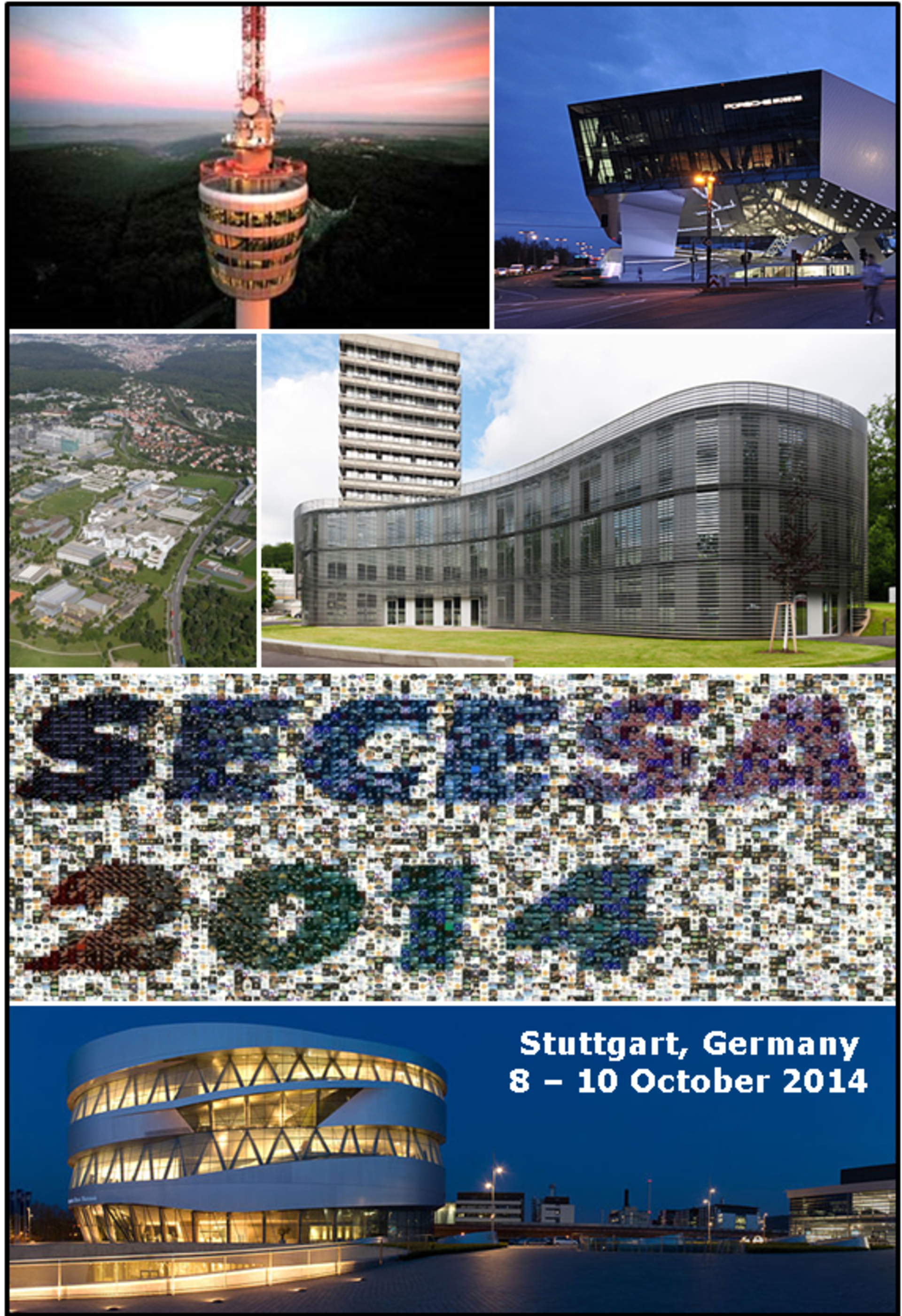SECESA 2014 - Call for Papers
The European Space Agency (Technical and Quality Management Directorate and Concurrent Design Facility) in collaboration with the University of Stuttgart and DLR is organising the 6th International Conference on Systems and Concurrent Engineering for Space Applications at the Institute of Space Systems (IRS), on 8-9-10 October 2014.
Since 2004, this Conference has been held every 2 years to provide agencies, companies, organizations, universities and institutes involved in space, with a forum of excellence in the area of Systems and Concurrent Engineering (SE and CE).
Objectives
The Conference will aim at the following objectives within the space systems engineering domains:
- To discuss the state of the art, trends, and lessons learnt in SE and CE for space applications
- To support SE&CE standardisation to enhance interoperability and collaboration among engineering organisations and disciplines
- To enhance CE approaches in all phases of the project life cycle
- To share metrics and cost/benefit assessments on new strategies, tools and technologies for SE and CE
- To debate new SE challenges, such as highly complex systems, systems of systems, architectures, Nano/Micro systems, federated systems, fractionated systems, distributive systems
- To promote cross-fertilisation between space and non-space domains with respect to SE and CE methodologies and applications
- To improve Knowledge Management into SE and CE practices for space applications
Topics
The Conference will be organised around the following topics:
- Industrial practices and case studies of SE in aerospace and other industries
- SE&CE methodology for mission concept and requirements assessment
- SE&CE uncertainty management and system sensitivity analysis
- SE&CE in the project life cycle: relation to phasing and procurement
- Emerging methods, enabling technologies, tools and engineering models and approaches (IMCE - Integrated Model Centric Engineering, MBSE - Model Based Systems Engineering) for SE&CE: results and effectiveness
- Creation, utilization and interoperability of CE centres (architectures, infrastructure, processes, data exchange, functions, services, standards)
- Extending CE across multiple organisations and distributed teams
- Benchmarking of SE&CE practices w.r.t. cost, schedule and quality - business models, metrics and evaluations
- Innovative ideas and initiatives for future developments in SE&CE in space and non-space domains
- SE&CE success stories and lessons learned in all phases of the project life cycle
- Improvement of project review processes adopting CE
- SE&CE approaches to development of architectures, systems-of-systems and highly complex systems
- Knowledge management and capitalisation for SE&CE – effective reuse of proven engineering patterns and anti-patterns
- Dedicated SE&CE for small missions, including nanosat and cubesat
- SE standards and related tailoring approaches for cost effective implementations
- Cost as criterion and constraint in SE
- Education and training of SE&CE methodologies and skills
- Social interaction, communication, human factors in CE
- Integration of requirements engineering and preparation of V&V in early SE&CE process
- OCDT: deployment, exploitation and first experiences
Call for Papers
Authors are invited to submit a “one page abstract” of a paper/presentation or poster dedicated to one of the above topics, specifying the following:
- Name of contact person, affiliation and contact details
- Paper title and summary (approx. 600-1200 words)
- Preferred topic which the paper/presentation will be focused on
- Full name and affiliation of all co-author(s)
The submission guidelines as well as the online application form are available on the Conference Website.




